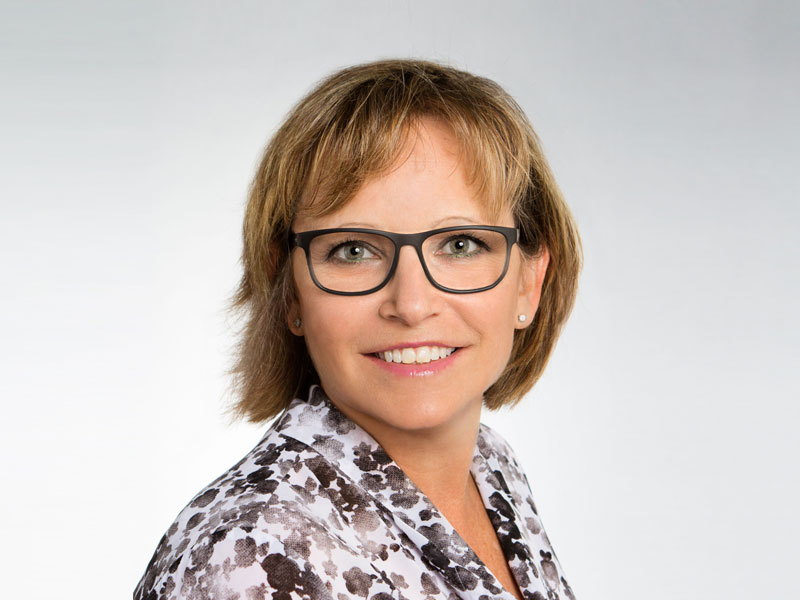Patients, payers, and practitioners — along with the health care system as a whole — benefit when more surgeries are performed in ambulatory surgery centers. Studies have shown that procedures done in ASCs can cost 60% lesscompared to those done in outpatient hospital settings, saving patients and Medicare itself an estimated $4 billion per year.
Now, a recent proposal from the Centers for Medicare & Medicaid Services, whose reimbursement policies greatly influence payments for ASC services, would significantly expand the list of procedures that ASCs are allowed to perform. This change would effectively lower the costs of many, high-demand, same-day procedures.
CMS’s proposal for 2026, released last July, would add 276 procedures to the “covered procedures list” for ambulatory surgery centers. High-demand cardiovascular, spine, and vascular procedures, among others, would join the CPL under the terms in the full 913-page proposal, whose formal public comment period closed on September 15.
Basically, allowing more procedures within ASCs reflects the evolution of medicine and technology – it demonstrates the ability to safely perform more procedures on an outpatient basis (i.e. with stays less than 24 hours) and with shorter recovery times.
ASCs are integral to the California healthcare delivery system. They are modern healthcare facilities focused on providing same-day surgical care, including diagnostic and preventative procedures, that were once performed exclusively in hospitals. These innovative, high-quality, patient-centered facilities offer a more convenient and comfortable outpatient setting, with care delivered by highly trained and specialized physicians. Because these facilities are specialized to certain procedures, ASCs reduce costs in equipment, personnel, and operations – as compared to hospitals which must be prepared to treat all kinds of patient needs. Thus, ASCs offer patients accessibility, tailored care, and outstanding health outcomes, while saving billions of dollars per year for Medicare and private health plans.
California contains more than 750 ASCs, which are subject to the same strict regulatory standards outlined by CMS. Data and quality reporting metrics regulate facilities’ safety and positive patient outcomes. Today, about 60% of same-day surgeries are done inside ASCs.
As this CMS proposal testifies, there are increasing opportunities to move more surgical cases into ASC settings – many of these shifts are associated with advancements in clinical technologies, enhanced recovery protocols, hospitals redirecting certain cases to ASCs, Medicare and commercial payer policy changes, and patient expectations, as examples.
Zooming out, the pressure to control rising healthcare costs – among costs in general – puts ASCs in the position to save money for patients, employers, and the overall system. Moving more procedures into ASCs aligns with the state’s goals, and the Office of Health Care Affordability’s aim to reign in the annual cost growth in healthcare spending to 3% by 2029.
“Healthcare supply,” writes the Niskanen Center, a think tank, “is deeply shaped by how Medicare reimburses services across different settings.” As a general rule, “Medicare has long reimbursed hospital-owned clinics significantly more than freestanding clinics for the exact same services,” despite the cost-savings that typically come in outpatient settings like ASCs, which “typically deliver many services at lower cost and equal quality compared to hospital outpatient departments…”
“Over time, these reimbursement rates have distorted the healthcare market and disconnected the value of healthcare services from their cost,” Niskanen continues. “When that happens, that triggers a series of consequences currently plaguing the American healthcare system.” CMS’s proposal, formally adopted, would be a salve for that plague – reconnecting the price of outpatient surgeries to their cost and properly reflecting the value of procedures in ASCs.
Notably, CMS’s 2026 proposal wouldn’t in any way deprive patients of the sort of intensive care found in hospitals, or discourage hospitals from their core services – hospitals themselves have initiated the redirection of certain cases to ASCs. Rather, evolutions in technology and medical care render certain procedures safer and less invasive, appropriate in ASCs’ capable hands, freeing up hospital space for emergency, critical, and otherwise serious surgeries and protocols of care.
In other words, “to rely on the clinical judgment of physicians,” per Ambulatory Surgical Center Association CEO Bill Prentice, is “a move in the right direction – to create more flexibility for surgery centers to treat more patients with more procedures.”





